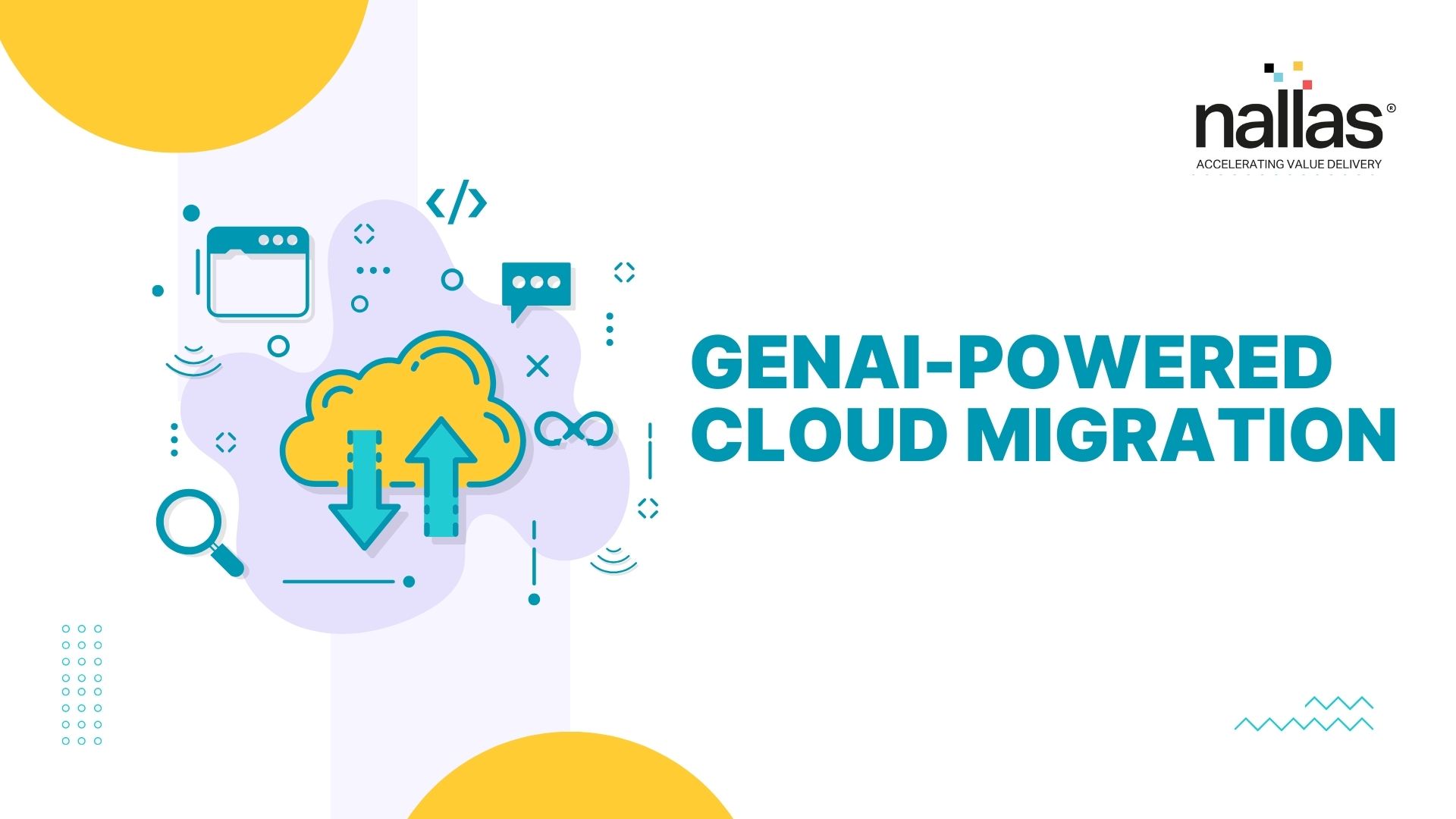
Cloud migration is no longer optional—it’s existential. Yet, despite its strategic importance, 70% of cloud migrations fail to meet cost, timeline, or performance goals (Gartner, 2024). The culprit? Manual processes, legacy complexity, and unpredictable dependencies.
At Nallas, we’ve redefined cloud migration by embedding Generative AI at every phase—from discovery to optimization. Here’s how GenAI is turning migration from a high-risk project into a predictable, accelerated, and intelligent transformation.
Three systemic challenges plague traditional migrations:
GenAI changes the game by automating the tedious and augmenting the complex.
Phase 1: Intelligent Discovery & Triage
GenAI Solution:
Further Reading: AI-Enhanced Cloud Readiness
Phase 2: AI-Optimized Migration Planning
GenAI Solution:
Further Reading: Microsoft Azure Well-Architected Framework – Cost Optimization
Phase 3: Self-Healing Execution
GenAI Solution:
Further Reading: Google Cloud – Site Reliability Engineering (SRE) with AI
Phase 4: Continuous Cloud Optimization
GenAI Solution:
Further Reading: FinOps Foundation – AI for Cloud Cost Optimization
Capability | Traditional Tools | GenAI-Powered Approach |
Dependency Mapping | Manual, sample-based | LLM-based full codebase analysis |
Migration Planning | Static checklists | Policy-aware, dynamic recommendations |
Execution Monitoring | Reactive alerting | Predictive, self-healing workflows |
Knowledge Transfer | Static wikis | Conversational AI with evolving memory |
Month 1: Run AI discovery on 10–15 low-risk workloads
Month 2: Migrate a representative app group using GenAI automation
Month 3: Assess performance, optimize, and scale to portfolio level
What’s next? Agentic AI for CloudOps. Imagine a world where:
At Nallas, we’re already piloting these capabilities.

VP of Strategy